Derrière la nécessaire montée en puissance des énergies renouvelables, l’enjeu de leur intégration au réseau électrique a occupé les experts du Forum sur la Transition Energétique en Afrique du Nord et de l’Ouest.
Rabat, Maroc, 23 avril 2024 – Selon Wärtsilä Energy, constructeur de centrales électriques et intégrateur de systèmes énergétiques de premier plan en Afrique, de multiples contraintes sont à prendre en compte pour augmenter la part de renouvelable tout en garantissant une production électrique plus fiable.
Pour résoudre cette équation complexe, les questions de flexibilisation du système énergétique, l’anticipation des évolutions technologiques, et les questions de financements doivent être traitées efficacement. Autant d’enjeux déterminants qui ont occupés les discussions lors du Forum sur la Transition Energétique qui a réuni à Rabat les acteurs publics et privés majeurs du secteur de l’énergie d’Afrique du Nord et de l’Ouest.
Un casse-tête pour les gestionnaires de réseau
« Les réseaux électriques de la région sont soumis à un grand stress, avec des contraintes permanentes entraînant une instabilité chronique. », explique Marc Thiriet, Africa Energy Business Director, chez Wärtsilä. « En même temps, il est nécessaire qu’ils soient développés à un rythme rapide pour faire face à l’augmentation prévue de la demande en électricité ; cette dernière provenant elle-même de plus en plus de l’énergie renouvelable.
Les réseaux, qui devaient déjà s’adapter à une demande très fluctuante en aval, vont devoir aussi gérer en amont un volume accru de production d’électricité solaire et éolienne intermittente, ce qui va complexifier grandement le travail de gestion ».
C’est pourquoi il est nécessaire d’assouplir la production d’électricité avec davantage de flexibilité. Cette flexibilité provient avant tout des technologies dites « d’équilibrage », c’est-à-dire le stockage par batterie d’une part, et les centrales à moteurs flexibles d’autre part.
A l’inverse du stockage, la technologie des moteurs d’équilibrage est assez peu connue du grand public et pourtant ces centrales sont déjà déployées depuis de nombreuses années dans quasi tous les pays Africains (par exemple, Tan-Tan, une centrale électrique à moteurs de 116MW au Maroc).
Cette technologie est plébiscitée car elle présente de nombreux atouts, notamment en termes d’efficacité opérationnelle, qui la rendent idéale pour faire face aux conditions particulières du secteur de l’énergie Africain, telles que la chaleur, l’humidité, ou encore l’instabilité de l’approvisionnement en carburants.
Les centrales à moteurs d’équilibrage sont en particulier capables de monter et de descendre en charge très rapidement pour répondre aux multiples fluctuations quotidiennes de la demande d’électricité et de la production renouvelable. C’est un avantage majeur pour faciliter l’intégration des énergies renouvelables à grande échelle dans le réseau.
Le rôle clef des carburants verts dans la transition énergétique
Selon Marc Thiriet, « Les choix énergétiques d’aujourd’hui engagent sur des décennies. C’est pourquoi les stratégies d’électrification doivent s’envisager sur le très long terme sur base d’analyses approfondies, qui doivent également intégrer pleinement les évolutions technologiques majeures qui sont en train d’émerger, telles que l’émergence des carburants verts ».
En effet, si les centrales électriques d’équilibrage équipées de moteurs « Dual-Fuel » ont depuis longtemps la capacité de passer d’un carburant à un autre (gaz naturel, pétrole ou biométhane) sans même devoir être arrêtée, c’est bien l’émergence actuelle de nouveaux carburants verts, hydrogène en premier lieu, qui permettra de franchir l’étape ultime de la décarbonation des réseaux électriques.
« Les centrales électriques flexibles devront être en mesure d’utiliser tous les carburants verts disponibles, l’hydrogène étant la solution la plus probable à long terme. Les biocarburants tels que le biométhane existent déjà localement et sont prêts à être utilisés pour la production d’électricité pilotable. », précise Martial Claudepierre, Expert Senior en Carburants Verts chez Wärtsilä Energy.
« Un des objectifs sera, en cas de production excédentaire d’électricité renouvelable, de l’utiliser pour produire de l’hydrogène vert qui sera stocké pour être utilisé par la suite pour produire de l’électricité verte lors des intermittences des énergies renouvelables ou lors de prix d’électricité élevés ».
Actuellement, les moteurs d’équilibrage de Wärtsilä peuvent fonctionner en utilisant un mélange de carburants contenant jusqu’à 25% d’hydrogène. Il est attendu que d’ici quelques années, les moteurs « multi-fuel » pourront fonctionner exclusivement sur tous les carburants verts, tels que l’ammoniaque ou encore le méthanol, permettant ainsi une transition vers une énergie 100 % renouvelable avec un impact carbone nul et pour un coût compétitif.
Les centrales à moteurs, du fait de leur flexibilité et de leur polyvalence en matière de carburants, constituent donc une excellente fondation sur laquelle bâtir un futur renouvelable.
confirms Rédouane Akchouch L’objectif de Wärtsilä d’ici 2030 est de fournir un portefeuille complet de centrales électriques qui seront prêtes pour fonctionner totalement sur base de carburants sans carbone. », a indiqué Kenneth Engblom, Vice-Président de Wärtsilä Energy.
https://www.wartsila.com/energy


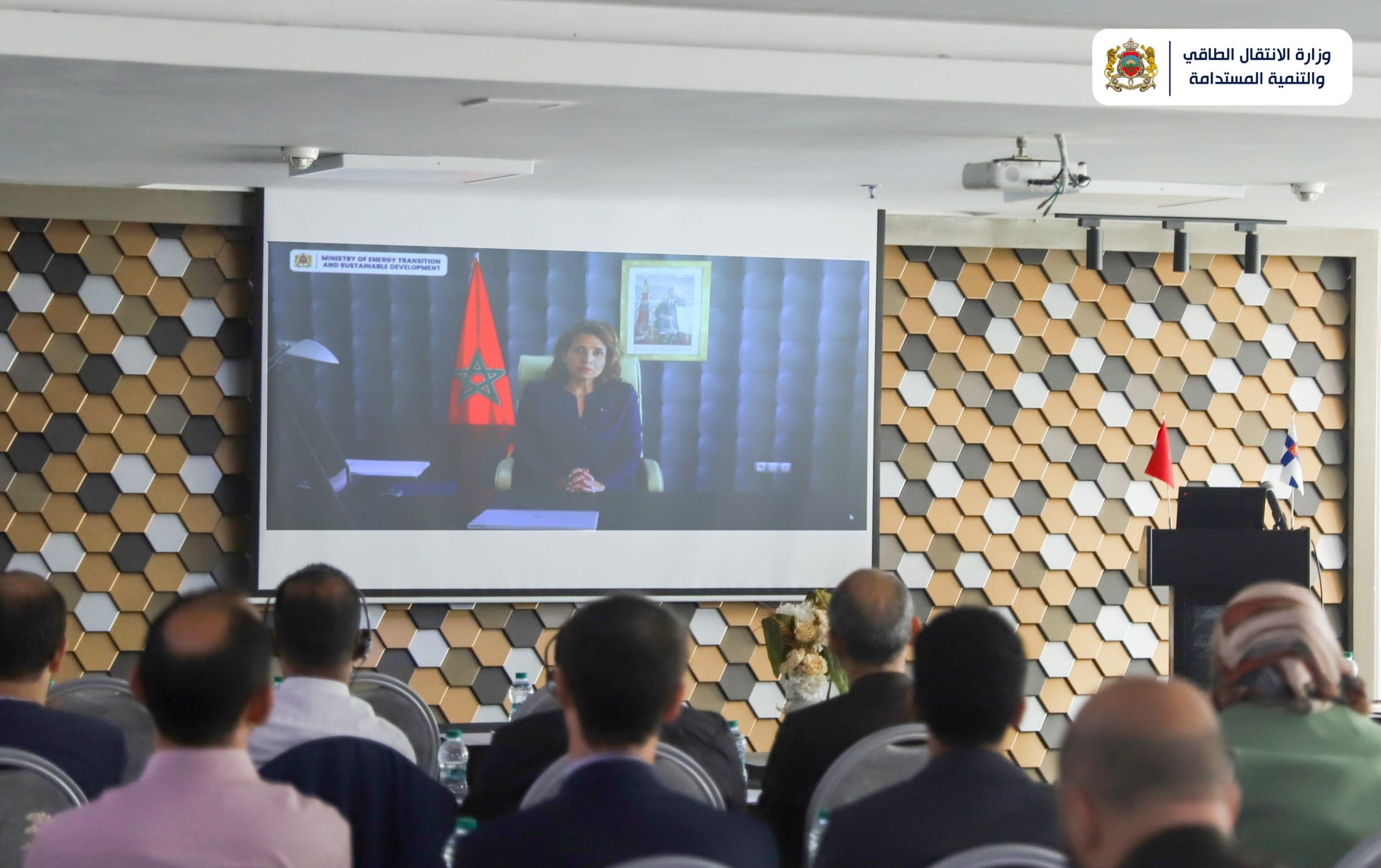
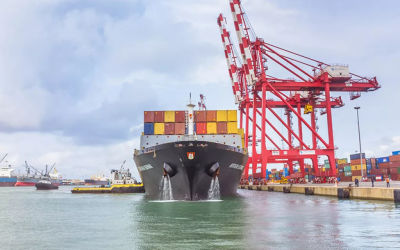
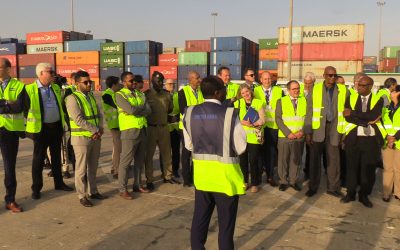
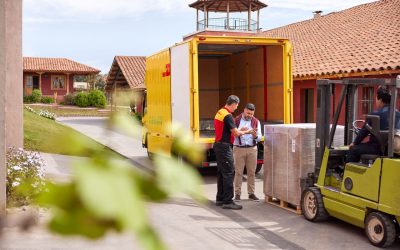
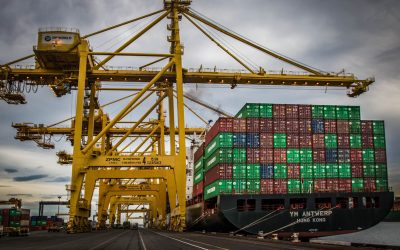


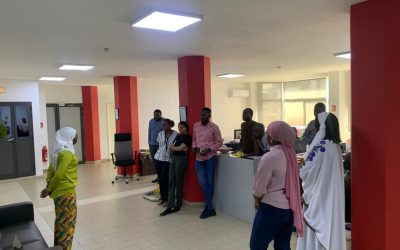
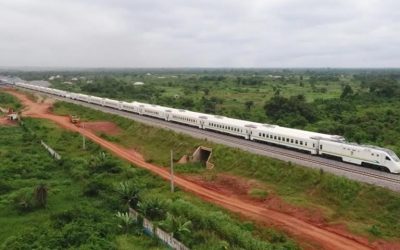
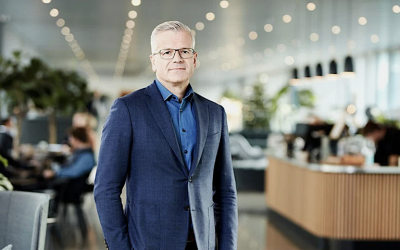
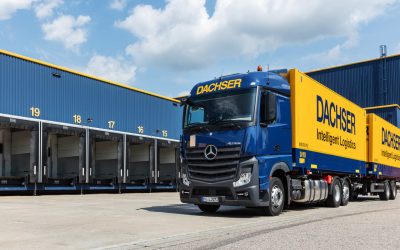






0 Comments